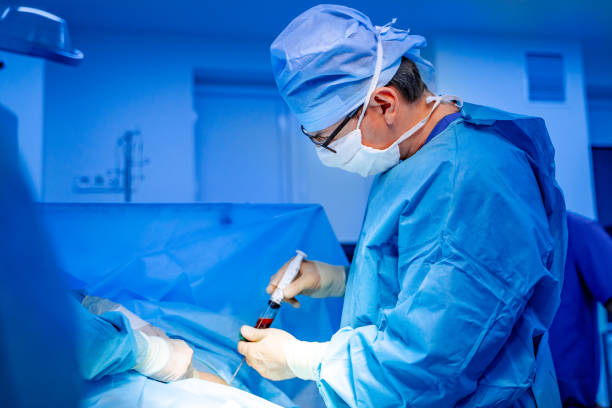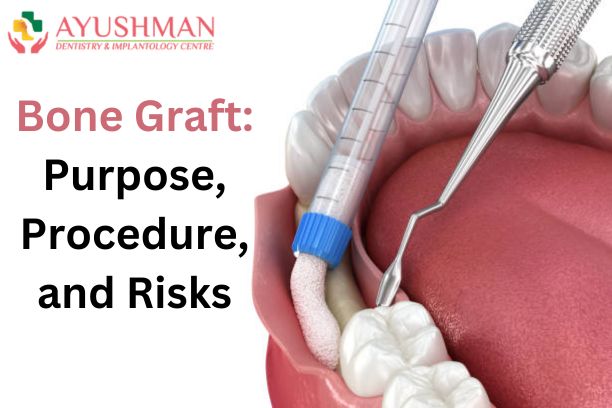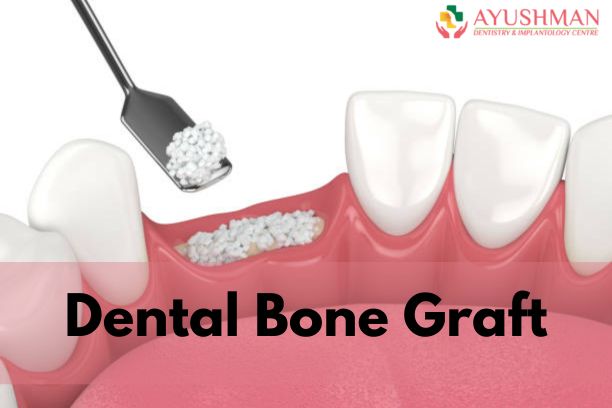Bone Grafting
Bone Grafting in Dwarka
Looking for Bone Grafting in Dwarka? Visit Ayushman Dentistry & Implantology Centre, where bone grafting is expertly performed to repair bones after severe fractures or to address chronic pain in adjoining bones.
What is bone grafting? Bone grafting is the most crucial, and it helps to repair bones after a severe fracture or when a wound is not healed correctly. Also, bone grafting treatment is the best for adjoining bones for instant chronic pain. Several dental procedures are available, including allograft and autograft treatments for bone grafting.


What Are The Reasons For Bone Grafting?
There is a need for bone grafting when there is inadequate jaw bone density to accommodate dental implants. The following are the most common causes of bone loss:
- Tooth extractions – Failing to replace a missing tooth can lead to jawbone shrinkage over time.
- Periodontal (gum) disease – Severe gum disease can be destructive to the underlying bone tissue.
- Trauma or injury – Bone deterioration can occur due to an accident or infection.
- Congenital defects – Some patients are naturally born with an underdeveloped bone structure.
Dental implants will most likely fail without adequate bone, and a bone graft in Dwarka at our clinic aides in jawbone reconstruction, providing a solid foundation for implants.
Advantages Of Bone Grafting At Ayushman Dentistry & Implantology Centre, Dwarka
Bone grafting has the power to transform oral health and jawbone density because of its unique procedure. At Ayushman Dentistry & Implantology Centre in Dwarka, our sophisticated techniques in bone grafting help restore the bone loss caused by extractions, gum disease, or trauma. We rebuild the bone structure which allows for the successful placement of implants, restores proper chewing function, and prevents facial collapse. This procedure also promotes the body’s natural bone growth, ensuring long-term stability of dental implants. With our clinic’s bone grafting, patients can enjoy a healthier smile that lasts a lifetime with minimal discomfort and a quicker recovery time.
Primary Advantages:
- Restores Jawbone Structure – Allows bone loss recovery for better facial support
- Enables Dental Implants – Improves the jaw bone condition for restoration of permanent teeth
- Prevents Further Deterioration – Pacing bone loss after teeth removal from the jaw
- Improves Aesthetic Appeal – Preserving the sunken face look that is caused by bone loss
- Improves Chewing Function – Proper alignment of jaws enabling the chewing function
Long-Term Oral Health – Ensuring bone regeneration for effective results
Strengthen your smile’s bone structure today by consulting our bone grafting experts in Dwarka!




